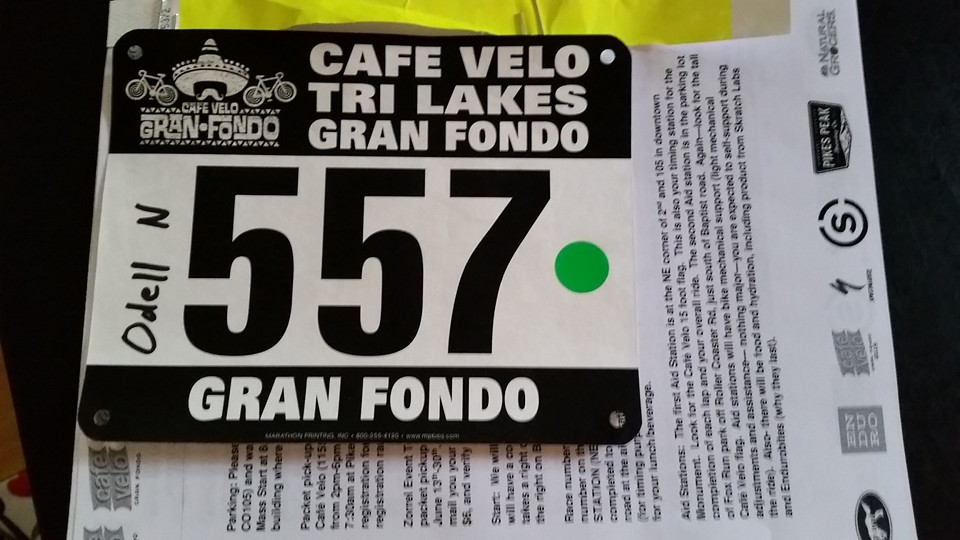The last thing an endurance athlete likes is extended forced downtime. Physical activity is often a part of who we are, so what do we do when our structure is put on hold? I know that many of us go stir crazy if we have to rest for a week, so what happens when it is eight? I just had a major surgery that, while fixing the anemia problem I was having, is forcing me to have some extended downtime.
For the next 8 weeks I’m limited to just walking for movement and I am advised to not lift anything over ten pounds. It won’t be easy, but fortunately (I suppose?) I have some experience with recovery so of course I have a plan. 🙂
My Recovery Plan
-
- Recover from the anaesthesia and post-op pain first. While I may have a nice long list of things I would like to accomplish, the first to-do item is simply resting to get through any post-op pain, let all the residual side effects from drugs wear off, and let the incisions heal. Rest, rest, and more rest.
- Take one day at a time. As I learned from previous injury surgeries, recovery can go up and down. The walk I take today might make me extra tired tomorrow, so don’t put too much on my plate on any given day, especially at the beginning.
- Ask for help. An efficient recovery is important to me, so if I need something, I will ask. I am fortunate to have a in-home chef and handyman with my boyfriend, and with the holiday time-off, I feel well taken care of. I am independent and want to do my normal tasks, but will resist the urge to do anything beyond the doctor’s recommendations.
- Keep myself mentally occupied. I’m not one to sit for long on the couch, but I’m getting more comfortable there. I’m also not much of a TV person, so I have books I want to read, things I want to learn, and things I want to organize. The danger here is putting too much on my list. But it’s a great time to tackle some non-physical tasks that got put on the back-burner this past year.
- Walk when I can. It’s not a bed-ridden recovery, just a no-impact one. I’ll take short but regular walks to start for some activity. I’m sure as I get further along the healing process I will go for longer walks and enjoy the scenery around me. I will miss the swims, bike workouts and commutes, running, and the strength workouts. But they will be there when I am ready to get back at it.
What next?
I’m fortunate that I’m on break from school so all my work is home-based for the next four weeks. After that I will be back in class a couple times a week, and coursework will keep me busy.
This year’s main event is the Leadville Heavy Half Marathon in mid-June. I should be back in action by March, which gives me a little over three months to get ready for it. I have a decent aerobic base and strength foundation going into the surgery. Detraining is a given, but if I’m smart about the return to training, I’ll have a good 2020 season. The challenge will be to once again re-introduce training into my schedule without doing too much too soon.
This forced downtime was known, so I could plan ahead. If you find yourself in a similar situation, planned or unplanned, make sure you first take care of you, and then use the time to your advantage to rest, plan, and learn for later.
And cheers to a wonderful 2020 for all!








2 comments
Well stated. Here for you if you need help while Rudy is working!
Thanks, Tom! 🙂
Comments are closed.